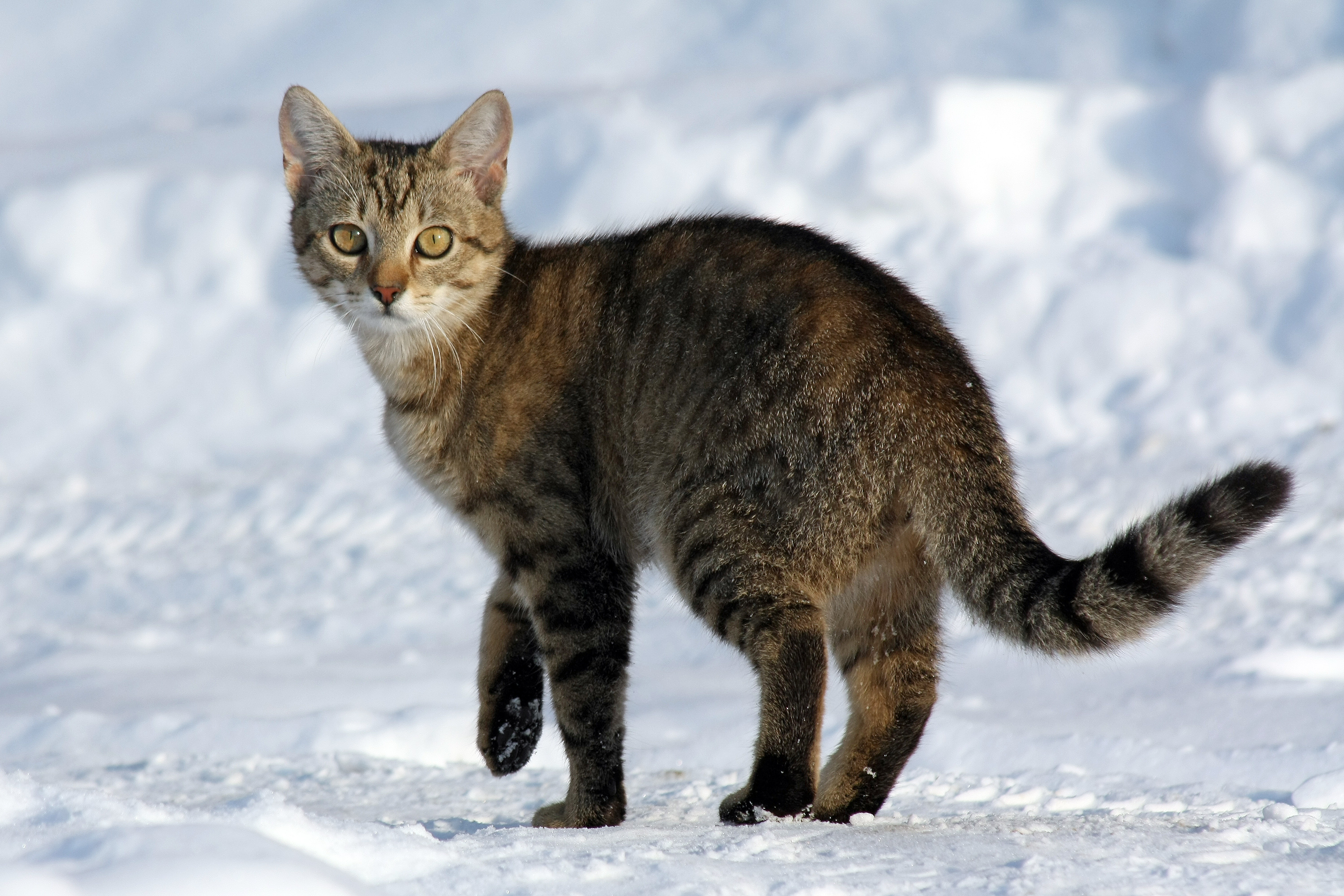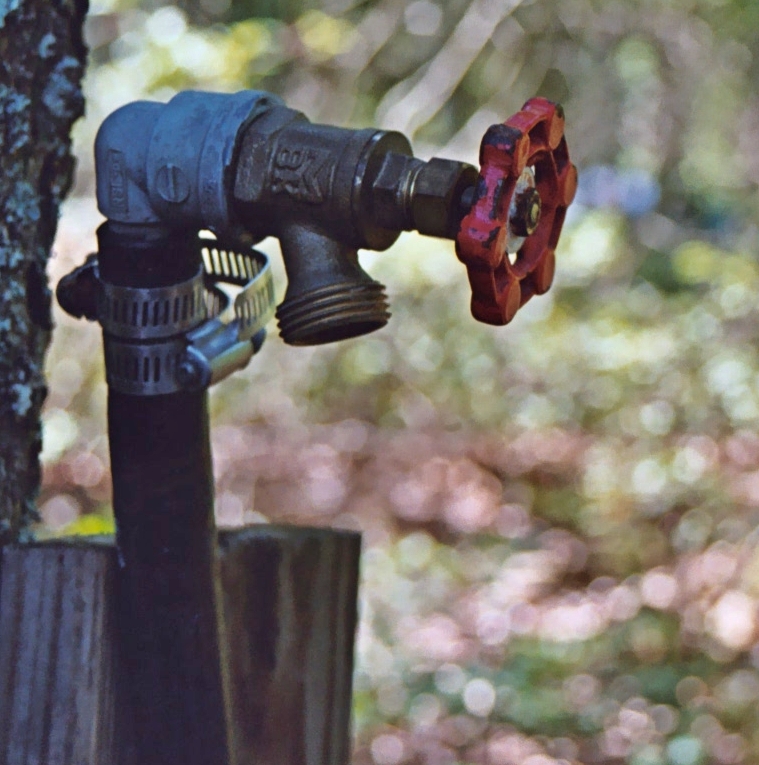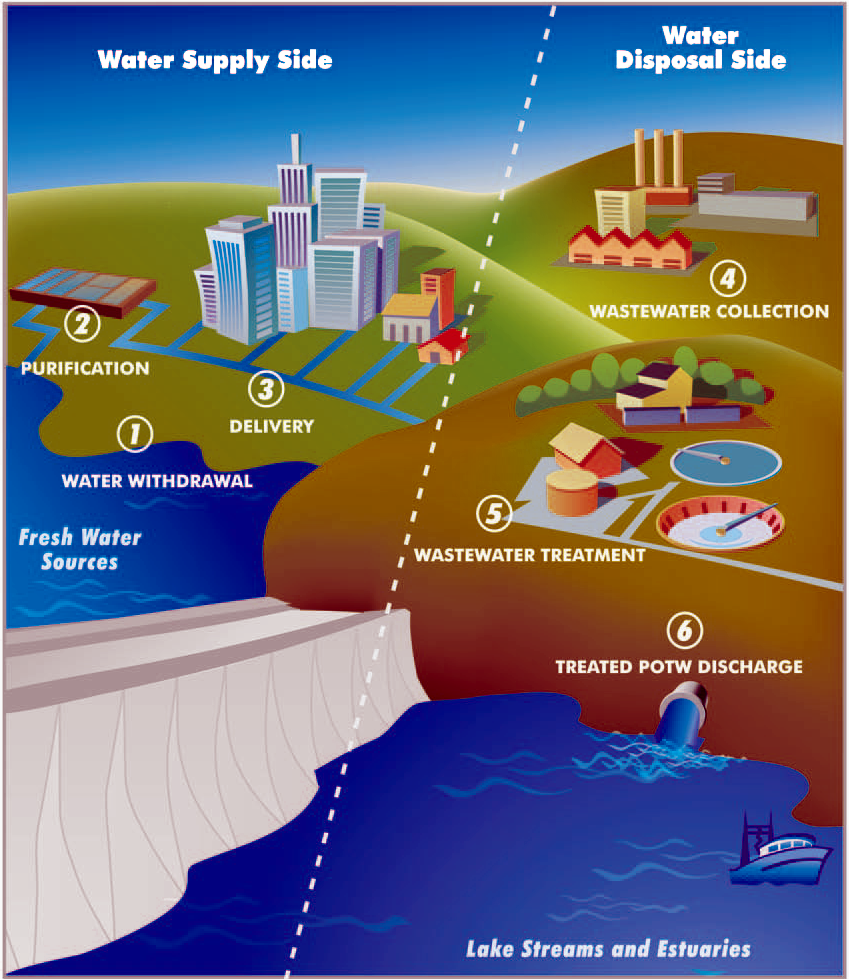|
Drinking Water
Drinking water or potable water is water that is safe for ingestion, either when drunk directly in liquid form or consumed indirectly through food preparation. It is often (but not always) supplied through taps, in which case it is also called tap water. The amount of drinking water required to maintain good health varies, and depends on physical activity level, age, health-related issues, and environmental conditions. This 2004 article focuses on the USA context and uses data collected from the US military. For those who work in a hot climate, up to a day may be required. About 1 to 2 billion people lack safe drinking water. Water can carry vectors of disease and is a major cause of death and illness worldwide. Developing countries are most affected by unsafe drinking water. Sources Potable water is available in almost all populated areas of the world, although it may be expensive, and the supply may not always be sustainable. Sources where drinking water is commo ... [...More Info...] [...Related Items...] OR: [Wikipedia] [Google] [Baidu] |
Clean Water For A Village In West Lombok (10686572086)
Clean may refer to: * Cleaning, the process of removing unwanted substances, such as dirt, infectious agents, and other impurities, from an object or environment * Cleanliness, the state of being clean and free from dirt Arts and media Music Albums * ''Clean'' (Cloroform album), 2007 * ''Clean'' (Deitiphobia album), 1994 * ''Clean'' (Severed Heads album), 1981 * ''Clean'' (Shane & Shane album), 2004 * ''Clean'' (Soccer Mommy album), 2018 * ''Clean'' (The Japanese House EP), second EP by English indie pop act The Japanese House * ''Clean'' (Whores EP), second EP by American rock band Whores * ''Clean'', an Edwin Starr album Songs * "Clean" (song), by Taylor Swift from her album ''1989'', also covered by Ryan Adams from his album ''1989'' *"Clean", a song by Depeche Mode from their 1990 album '' Violator'' *"Clean", a song by Incubus from their 1999 album '' Make Yourself'' *"Clean", a song by KSI and Randolph from the 2019 album ''New Age'' Other uses in music * Clean, an ... [...More Info...] [...Related Items...] OR: [Wikipedia] [Google] [Baidu] |
Desalination
Desalination is a process that removes mineral components from saline water. More generally, desalination is the removal of salts and minerals from a substance. One example is Soil salinity control, soil desalination. This is important for agriculture. It is possible to desalinate saltwater, especially Seawater, sea water, to produce water for human consumption or irrigation. The by-product of the desalination process is brine. Many seagoing ships and submarines use desalination. Modern interest in desalination mostly focuses on cost-effective provision of fresh water for human use. Along with recycled wastewater, it is one of the few water resources independent of rainfall. Due to its energy consumption, desalinating sea water is generally more costly than fresh water from surface water or groundwater, Reclaimed water, water recycling and water conservation; however, these alternatives are not always available and depletion of reserves is a critical problem worldwide. Desalinati ... [...More Info...] [...Related Items...] OR: [Wikipedia] [Google] [Baidu] |
Horse
The horse (''Equus ferus caballus'') is a domesticated, one-toed, hoofed mammal. It belongs to the taxonomic family Equidae and is one of two extant subspecies of ''Equus ferus''. The horse has evolved over the past 45 to 55 million years from a small multi-toed creature, '' Eohippus'', into the large, single-toed animal of today. Humans began domesticating horses around 4000 BCE in Central Asia, and their domestication is believed to have been widespread by 3000 BCE. Horses in the subspecies ''caballus'' are domesticated, although some domesticated populations live in the wild as feral horses. These feral populations are not true wild horses, which are horses that have never been domesticated. There is an extensive, specialized vocabulary used to describe equine-related concepts, covering everything from anatomy to life stages, size, colors, markings, breeds, locomotion, and behavior. Horses are adapted to run, allowing them to quickly escape predator ... [...More Info...] [...Related Items...] OR: [Wikipedia] [Google] [Baidu] |
Dairy Cow
Dairy cattle (also called dairy cows) are cattle bred with the ability to produce large quantities of milk, from which dairy products are made. Dairy cattle generally are of the species ''Bos taurus''. Historically, little distinction was made between dairy cattle and beef cattle, with the same stock often being used for both meat and milk production. Today, the bovine industry is more specialized and most dairy cattle have been bred to produce large volumes of milk. Management Dairy cows may be found either in herds or dairy farming, dairy farms, where dairy farmers own, manage, care for, and collect milk from them, or on commercial farms. Herd sizes vary around the world depending on landholding culture and social structure. The United States has an estimated 9 million cows in around 75,000 dairy herds, with an average herd size of 120 cows. The number of small herds is falling rapidly, with 51% of U.S. milk in 2007 produced by the 3,100 herds with over 500 cows. The ... [...More Info...] [...Related Items...] OR: [Wikipedia] [Google] [Baidu] |
Animal Husbandry
Animal husbandry is the branch of agriculture concerned with animals that are raised for meat, animal fiber, fibre, milk, or other products. It includes day-to-day care, management, production, nutrition, selective breeding, and the raising of livestock. Husbandry has a long history, starting with the Neolithic Revolution when animals were first Domestication, domesticated, from around 13,000 BC onwards, predating farming of the History of agriculture, first crops. During the period of ancient societies like ancient Egypt, cattle, sheep, goats, and pigs were being raised on farms. Major changes took place in the Columbian exchange, when Old World livestock were brought to the New World, and then in the British Agricultural Revolution of the 18th century, when livestock breeds like the English Longhorn, Dishley Longhorn cattle and Lincoln (sheep), Lincoln Longwool sheep were rapidly improved by agriculturalists, such as Robert Bakewell (agriculturalist), Robert Bakewell, to yi ... [...More Info...] [...Related Items...] OR: [Wikipedia] [Google] [Baidu] |
Domesticated Animals
This page gives a list of domesticated animals, also including a list of domestication of animals, animals which are or may be currently undergoing the process of domestication and animals that have an extensive relationship with humans beyond simple predation. This includes species which are semi-domesticated, undomesticated but Captive breeding, captive-bred on a commercial scale, or commonly wild-caught, at least occasionally captive-bred, and Tame animal, tameable. In order to be considered fully domesticated, most species have undergone significant Heredity, genetic, Behavior, behavioural and Morphology (biology), morphological changes from their wild ancestors, while others have changed very little from their wild ancestors despite hundreds or thousands of years of potential selective breeding. A number of factors determine how quickly any changes may occur in a species, but there is not always a desire to improve a species from its wild form. Domestication is a gradual process ... [...More Info...] [...Related Items...] OR: [Wikipedia] [Google] [Baidu] |
Total Renewable Water Resources Per Capita (2020)
Total may refer to: Mathematics * Total, the summation of a set of numbers * Total order, a partial order without incomparable pairs * Total relation, which may also mean ** connected relation (a binary relation in which any two elements are comparable). * Total function, a partial function that is also a total relation Business * TotalEnergies, a French petroleum company, formerly known as Total * Total (cereal), a food brand by General Mills * Total, a brand of strained yogurt made by Fage * Total, a database management system marketed by Cincom Systems * Total Linhas Aéreas, a Brazilian airline * Total, a line of dental products by Colgate Music and culture * Total (group), an American R&B girl group * '' Total: From Joy Division to New Order'', a compilation album * ''Total'' (Sebastian album) * ''Total'' (Total album) * ''Total'' (Teenage Bottlerocket album) * ''Total'' (Seigmen album) * ''Total'' (Wanessa album) * ''Total'' (Belinda Peregrín album) * ''Total ... [...More Info...] [...Related Items...] OR: [Wikipedia] [Google] [Baidu] |
Tap (valve)
A tap (also spigot or faucet: see usage variations) is a valve controlling the release of a fluid. Nomenclature United Kingdom * Tap is used in the United Kingdom and most of the Commonwealth for any everyday type of valve, particularly the fittings that control water supply to bathtubs and sinks. United States * Faucet is the most common term in the US, similar in use to "tap" in British English, e.g. "water faucet" (although the term "tap" is also used in the US). * Spigot is used by professionals in the trade (such as plumbers), and typically refers to an outdoor fixture. * Silcock (and sillcock), same as "spigot", referring to a "cock" (as in stopcock and petcock) that penetrates a foundation sill. * Bib, bibcock, or hose bib, usually a freeze-resistant version of a "spigot". * Wall hydrant, same as "hose bib". * Tap generally refers to a keg or barrel tap, though also commonly refers to a faucet that supplies either hot or cold water and not both. It also appears ... [...More Info...] [...Related Items...] OR: [Wikipedia] [Google] [Baidu] |
Water System
A water supply network or water supply system is a system of engineered hydrologic and hydraulic components that provide water supply. A water supply system typically includes the following: # A drainage basin (see water purification – sources of drinking water) # A raw water collection point (above or below ground) where the water accumulates, such as a lake, a river, or groundwater from an underground aquifer. Raw water may be transferred using uncovered ground-level aqueducts, covered tunnels, or underground water pipes to water purification facilities. # Water purification facilities. Treated water is transferred using water pipes (usually underground). # Water storage facilities such as reservoirs, water tanks, or water towers. Smaller water systems may store the water in cisterns or pressure vessels. Tall buildings may also need to store water locally in pressure vessels in order for the water to reach the upper floors. # Additional water pressurizing components s ... [...More Info...] [...Related Items...] OR: [Wikipedia] [Google] [Baidu] |
Tap Water
Tap water (also known as running water, piped water or municipal water) is water supplied through a Tap (valve), tap, a water dispenser valve. In many countries, tap water usually has the quality of drinking water. Tap water is commonly used for drinking, cooking, and washing. Indoor tap water is distributed through indoor plumbing, which has been around since History of plumbing, antiquity but was available to very few people until the second half of the 19th century when it began to spread in popularity in what are now developed country, developed countries. Tap water became common in many regions during the 20th century, and is now lacking mainly among people in poverty, especially in developing country, developing countries. Governmental agencies commonly regulate Drinking water quality standards, tap water quality. Calling a water supply "tap water" distinguishes it from the other main types of fresh water which may be available; these include water from Rainwater harvesti ... [...More Info...] [...Related Items...] OR: [Wikipedia] [Google] [Baidu] |
Bottled Water
Bottled water is drinking water (e.g., Water well, well water, distilled water, Reverse osmosis, reverse osmosis water, mineral water, or Spring (hydrology), spring water) packaged in Plastic bottle, plastic or Glass bottle, glass water bottles. Bottled water may be Carbonated water, carbonated or not, with packaging sizes ranging from small single serving bottles to large carboys for water coolers. The consumption of bottled water is influenced by factors such as convenience, taste, perceived safety, and concerns over the quality of municipal tap water. Concerns about the environmental impact of bottled water, including the production and disposal of plastic bottles, have led to calls for more sustainable practices in the industry. History Although vessels to bottle and transport water were part of the earliest human civilizations, bottling water began in the United Kingdom with the first water bottling at the Holy Well, Malvern, Holy Well in 1622. The demand for bottled wat ... [...More Info...] [...Related Items...] OR: [Wikipedia] [Google] [Baidu] |
Atmospheric Water Generator
An atmospheric water generator (AWG), is a device that extracts water from humid ambient air, producing potable water. Water vapor in the air can be extracted either by condensation - cooling the air below its dew point, exposing the air to desiccants, using membranes that only pass water vapor, collecting fog, or pressurizing the air. AWGs are useful where potable water is difficult to obtain, because water is always present in ambient air. AWG may require significant energy inputs, or operate passively, relying on natural temperature differences. Biomimicry studies found that the '' Onymacris unguicularis'' beetle has the ability to perform this task. One study reported that AWGs could help provide potable water to one billion people. History Incas were able to sustain their culture above the rain line by collecting dew and channeling it to cisterns. Records indicate that they used water-collecting fog fences. These traditional methods were passive, employing no exter ... [...More Info...] [...Related Items...] OR: [Wikipedia] [Google] [Baidu] |








